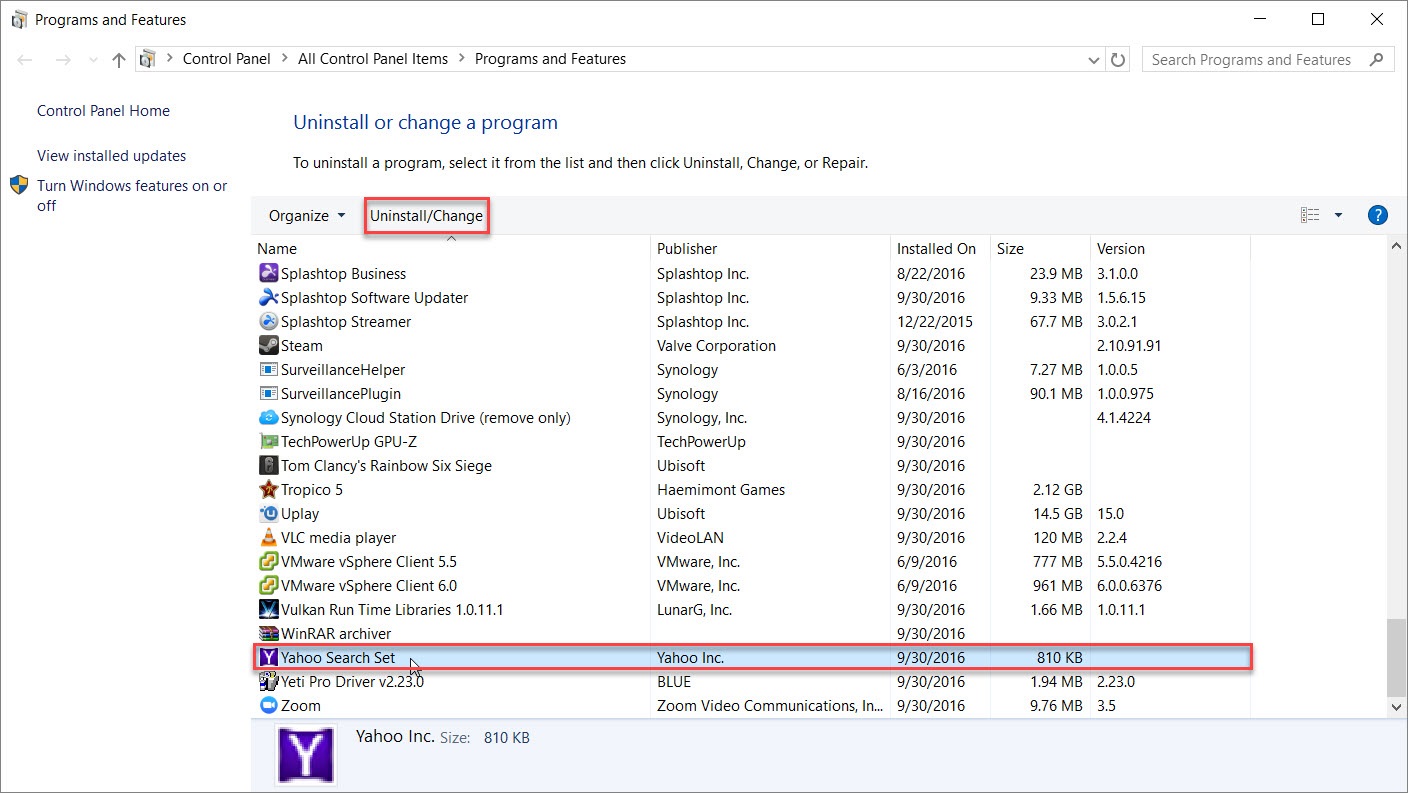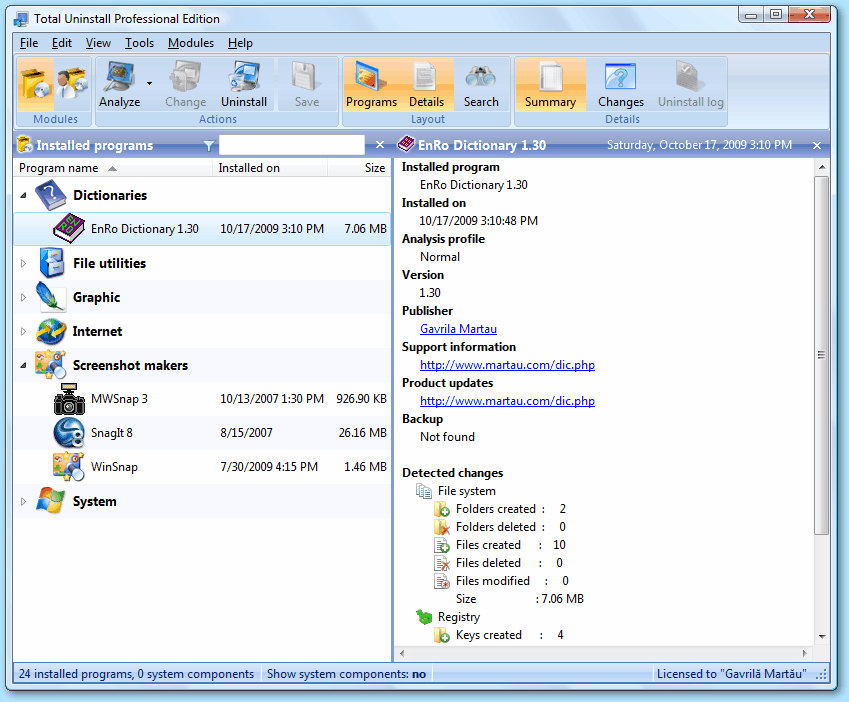


The comparison of Win32_Product and Get Package shows that WMI does not list all programs In our example, this call captures an outdated version of PowerShell 7 and assigns the result to the $app variable. To get it, you have to use the older Get-WMIObject instead: $app = Get-WmiObject -Class Win32_Product -ComputerName | If you send the output of this command through a pipe to Get-Member, you will not find an uninstall method. Once you have viewed the program in question, you can further narrow the list: Get-CimInstance -Class Win32_Product -ComputerName |

With its help, you can first view the installed software: Get-CimInstance -Class Win32_Product -ComputerName | The class Win32_Product is responsible for this. This is the only mechanism mentioned here that can perform this task remotely. In addition, separate cmdlets exist for Store and UWP apps with Remove-AppxProvisionedPackage and Remove-AppxPackage.įinally, it is possible to uninstall applications using WMI.

However, it still does not have a PowerShell interface, and thus is limited in its options when automating package management. A year later, it offered the ability to remove programs. Then, in 2020, the package manager winget was added. However, it is also suitable for uninstalling Win32 programs. A few years ago, Microsoft introduced PowerShell Package Management, which is primarily for adding and removing PowerShell modules. The command line tools for uninstalling programs are similarly inconsistent. Right-click to highlight it, then click the Uninstall (or Uninstall/Change) button in the top toolbar and follow any on-screen steps to complete the uninstallation process.CLI options for uninstalling applications Scroll through the list to find the program you want to remove. You can’t remove apps you've installed from the Windows Store this way - there's a separate solution for how to remove an app from Windows 10. The quickest way to get to the familiar Uninstall or change a program screen in Windows 10 is to right-click Start and select Programs and Features from the menu. You can uninstall programs in Windows 10 the same way as you could in Windows 7, by launching the Programs and Features tool. If it's the latter, read our guide to removing apps from Windows 10 It mainly depends on whether you're trying to uninstall a traditional desktop program, or whether you want to remove a Windows 10 app. If you want to uninstall a program in Windows 10, there are a couple of different ways of going about it.


 0 kommentar(er)
0 kommentar(er)
